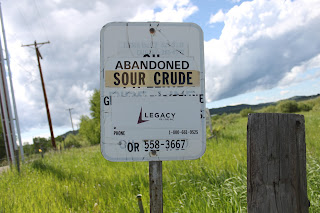Alabama: White Nose Disease Strikes Bat Cave Endangering One Million
B. McPherson
White nose disease has been detected in the Fern Cave
National Refuge in Alabama. It is home to about one million endangered gray
bats and is their principal wintering cave. The disease has wiped out whole
populations of bats since its introduction to N. America in 2006.
It has not been confirmed how the disease spread from Europe
to this continent, but suspicions lie with bat researchers or cavers who
inadvertently brought spores of the fungus back with them in their clothes or
equipment. The fungus Geomyces destructans, attacks the
muzzle and wings showing up as white fuzz on the nose of the bats. They break
their winter hibernation and fly out of their caves searching for insects
which, of course, are not around in the winter. The bats die of starvation.
"White-nose
syndrome has arrived in the very core of gray bat habitat and it's like a bomb
waiting to go off. Despite this bad news, federal agencies in the West are
backtracking on precautionary cave measures," Mollie Matteson,
conservation advocate with the Center for Biological Diversity," Counsel andHeal
This horrendous disease likened to smallpox in its
devastating effects has now been confirmed in 22 US states and five Canadian
provinces. In Canada, Environment Canada has set aside $300 000 to hire a
person to coordinate information and distribute research findings on the
disease and its spread.
Many city dwellers have never seen a bat and think of them
as flying vermin. They do carry diseases and people are advised to not handle
them. Bats are protected animals in Canada. They are a very valuable link in
our agriculture and pest control … and they do it for free, out of sight and
soundlessly. Bats provide for billions of dollars’ worth of insect control and
pollination during the growing seasons. They are as important as honey bees in
our environment and they come without stingers.

Comments
Post a Comment